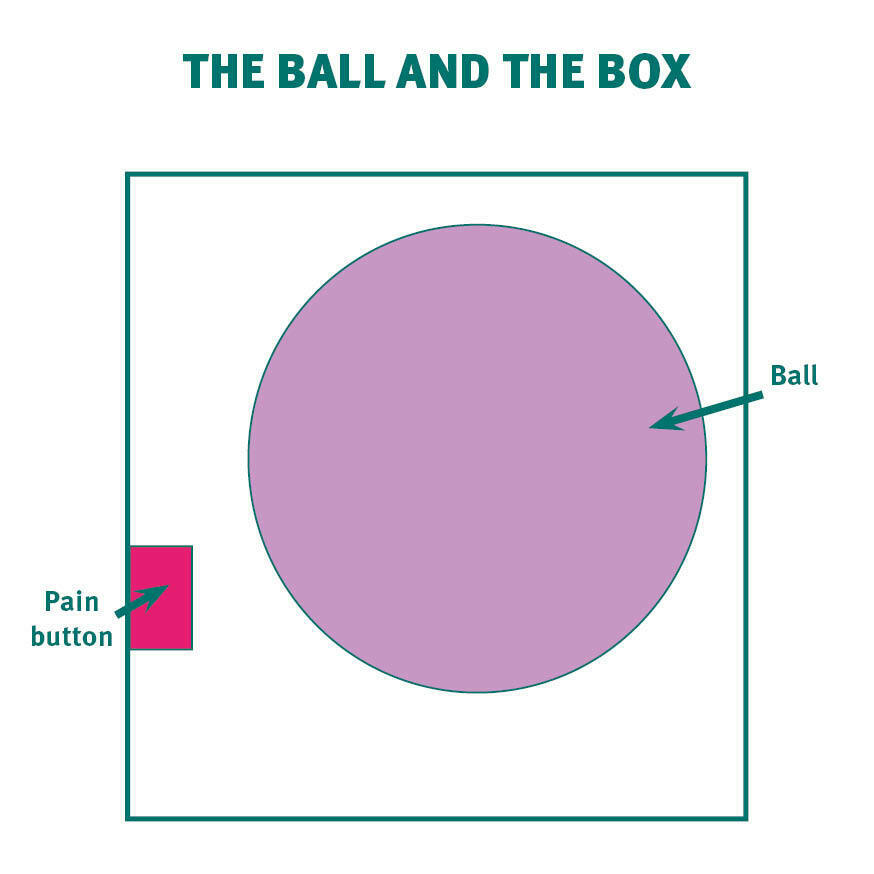By SHANNON SKAE, Health and life coach at Revive with Shan
Loss comes in many shapes and forms. Loss can be the ending of a close friendship, the death of a loved one, the end of a romantic relationship, the death of a beloved pet, changing jobs, leaving your home to move to a new place, and even the loss of freedom of movement we experienced due to COVID-19. Loss can be gradual, or loss can be sudden.
Grief is what follows loss. The ball and box analogy best explains grief.

When the loss has just happened, the ball full of grief will be large and move around the box (your mind) constantly, hitting your pain button relentlessly and seeming never to go away.
The longer time goes on, the smaller the ball gets, and the less it hits the pain button. This process is not linear, but the pain gradually decreases as the ball of grief shrinks and hits the pain button at a reduced rate. The grief may never entirely disappear, but it will become more bearable as time goes on.
The different stages of grief:
- Denial
- Anger
- Guilt
- Sadness/depression
- Acceptance
Signs you are grieving:
- Struggling to eat/sleep
- Crying
- Feeling guilty
- Fatigue
- Lack of energy
- Loneliness
- Physical pain
- Anxiety
- Anger at yourself or others
A person experiencing grief can go through each of these emotions many times before they reach the stage of acceptance. These are also not linear and can happen at any time, in any order, or with more than one of them happening at once.
How do we deal with grief?
- Acknowledge your pain
- Seek out face-to-face therapy/support
- Take care of your basic needs, like eating and sleeping
- Surround yourself with things that make you happy, such as your pets, your loved ones
- Take time to cry and understand that it is okay not to feel okay
- Rest and recover
- Remind yourself that this will not be/last forever
Finally, remember to be kind to yourself and others. Grieving is a process. Healing is a process. You will have ups and downs.



